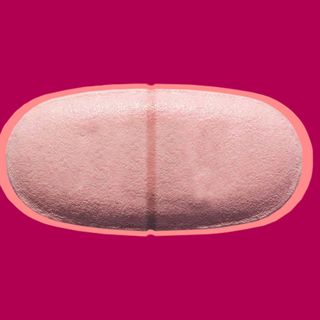Earlier in the year, The Swaddle reported that scientists have been able to pinpoint a specific gene behind Autism Spectrum Disorder (as well as other neurodevelopmental disorders), which suggested the potential for earlier diagnosis and treatment. Currently, autism diagnosis isn’t possible for most children before age four and it relies on clinical questionnaires about children’s behavior and development. But now, researchers are confirming the success of a blood test that can identify autism in children as early as 18 to 24 months of age.
A year ago, researchers published their findings on a blood test that could assess whether a child was on the autism spectrum to a great degree of success. The initial study was performed on 149 adults, and the method correctly identified 97.6% of the ASD participants, and 96.1% of typically developing participants. The same researchers have now conducted a follow-up study on a group of 154 children with autism.
“We are able to predict with 88% accuracy whether children have autism,” said lead author Juergen Hahn, who is a systems biologist and professor. “This is extremely promising.” Hahn is the head of the Biomedical Engineering department at Rensselaer Polytechnic.
The study used a predictive algorithm to determine whether a child was on the autism spectrum, based on certain metabolites in a blood sample. Metabolites are small molecules involved in a the chemical reactions that power an organism’s cells. Much like a microbiome, a metabolome is the collection of metabolites in an organism.
Hahn used technology to identify patterns in the metabolites, which are relevant to cellular pathways thought to be linked to Autism Spectrum Disorder. The original study used data obtained from 24 metabolites to create the algorithm, but the second study used data that only contained 22 metabolites.
“The most meaningful result is the high degree of accuracy we are able to obtain using this approach on data collected years apart from the original dataset,” said Hahn. He attributed the varying degree of accuracy between the two studies to several factors, one of which was fewer number of metabolites available in the second study.
“This is an approach that we would like to see move forward into clinical trials and ultimately into a commercially available test,” Hahn said.




